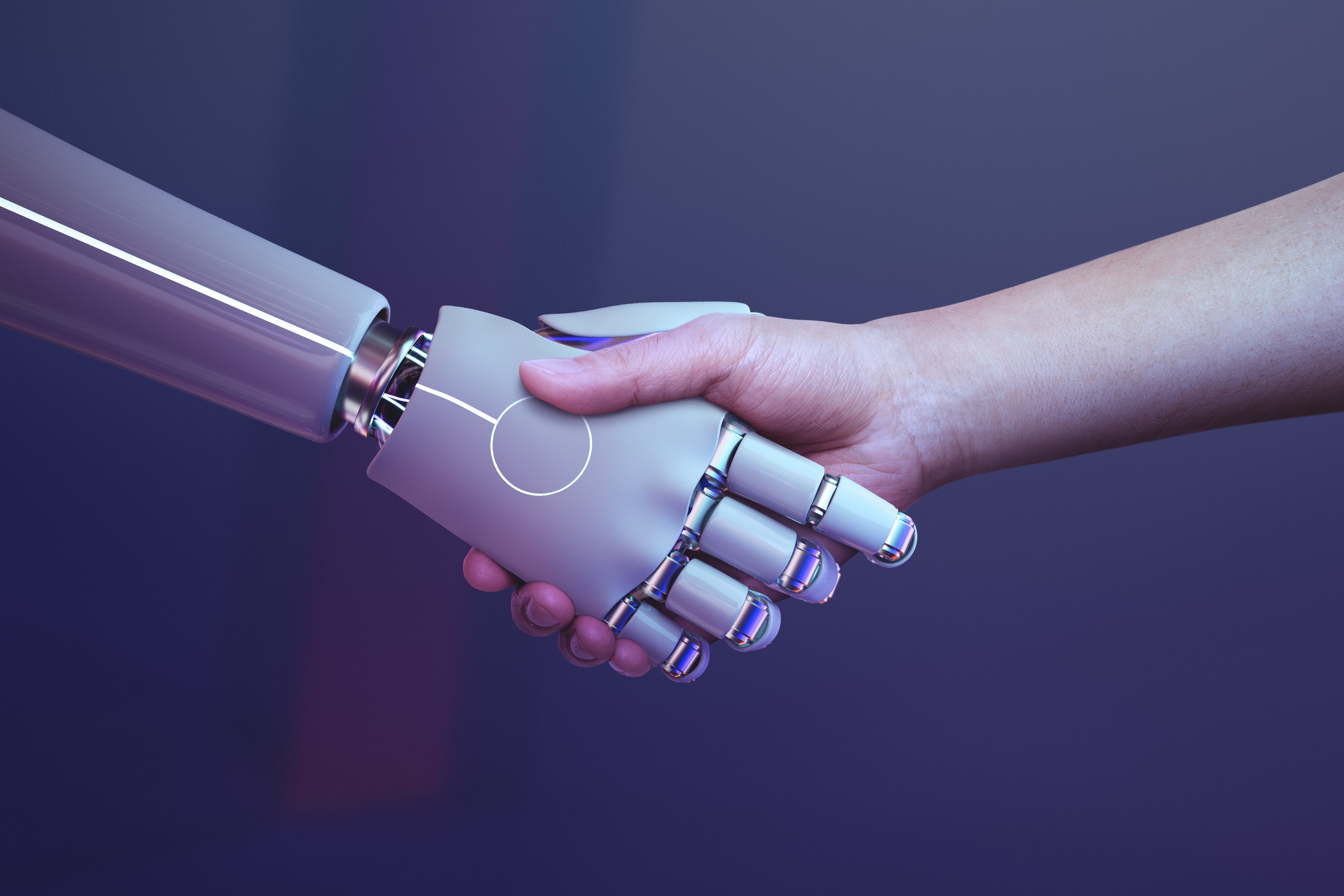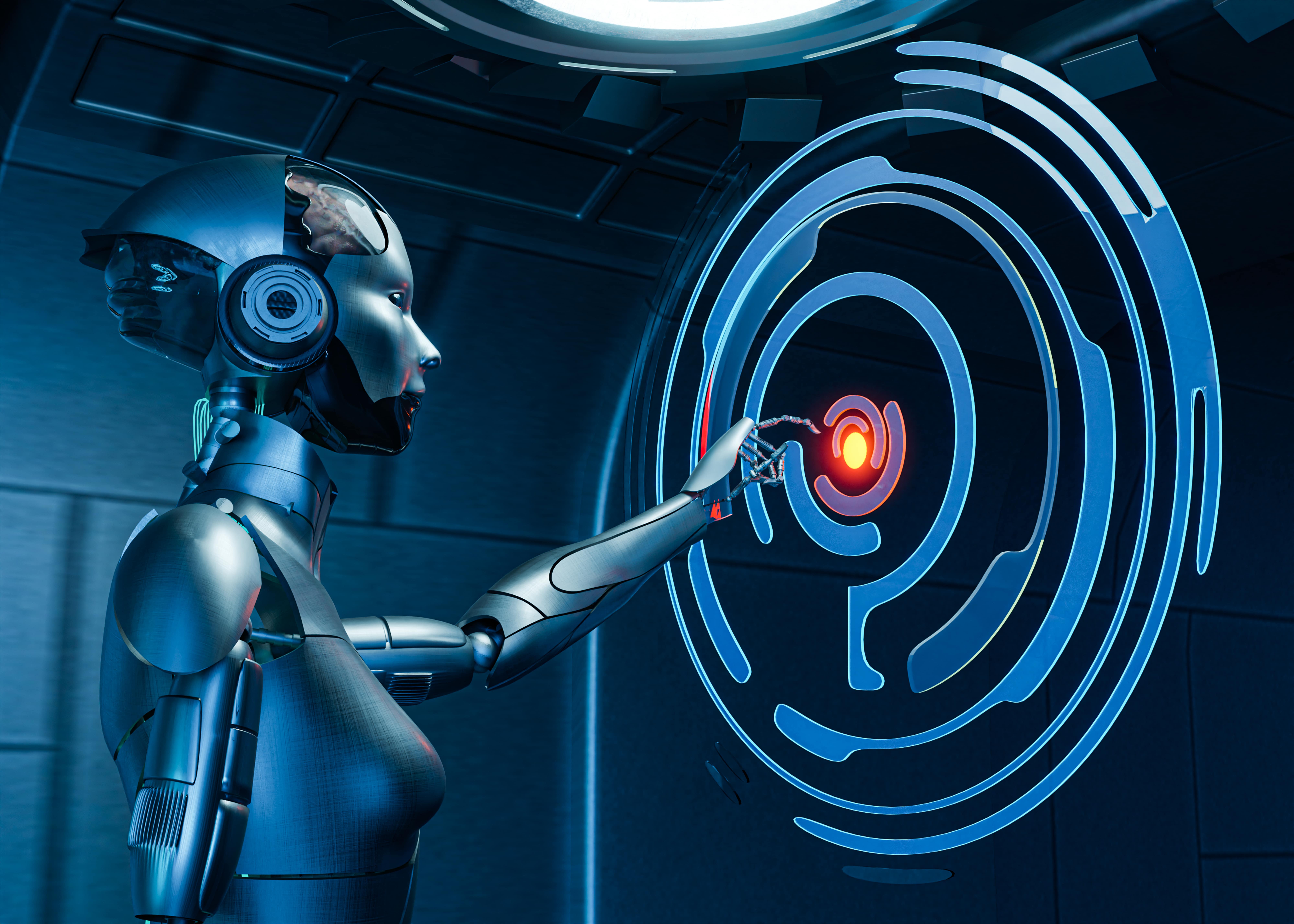How AI Transforms Marketing Automation Today


Over 60% of marketers believe AI transforms marketing automation faster than any other technology shift in the last decade.
So, that raises a simple question. What does a marketing team look like when automation becomes the engine behind the work?
This article explains how automation reshapes daily workflows, improves team performance, and opens space for better creative and strategic thinking.
How AI Transforms Marketing Automation And Reshapes Team Structure
AI and automation used to mean scheduling emails or handing off a few repetitive tasks. Today, AI transforms marketing automation into something far larger. It touches every part of a team’s workflow, from planning and creative development to distribution and reporting. And it does that with speed that human teams can never match manually.
Generative tools create first drafts. Predictive engines score leads. Workflow builders run campaigns without constant human supervision. Teams that embrace this shift see fewer bottlenecks, faster turnaround times, and clearer visibility into what works.
So, the structure begins to change. Traditional hierarchies flatten. Marketing operations becomes a core strategic function instead of a technical side activity. And content teams work much closer to data and automation specialists.
It affects hiring too. Managers look for people who can write, analyze, and experiment. They look for hybrid talent instead of narrow roles. That is why forward teams build cross-functional pods that combine content, data, and performance into a single unit.
The change is not subtle. Marketing teams are moving from manual coordination to automated orchestration.
This is the new baseline.
Why Automation Matters For Content Teams And Marketing Pros
Most teams spend a large part of their week on chores that do not contribute to strategy. Version tracking. Rewriting similar messages. Chasing approvals. Pulling reports across platforms. It takes time that should support creative thinking and campaign planning.
AI transforms marketing automation by cleaning up these tasks first. It works behind the scenes without adding complexity to the workflow. It learns patterns. It handles predictable actions. It frees space that teams can use for high-value decisions instead of mechanical work.
So, teams become more proactive. They focus on story development, positioning, channel strategy, and performance experiments. Then again, automation reduces the risk of missed deadlines, uneven messaging, and poor handoffs between stakeholders.
Automation creates consistency. And consistency creates better performance.
Content teams benefit even more. AI drafts outlines, adapts messages for multiple channels, and suggests variations. It supports tagging, classification, and quality checks. These are low-impact tasks when done manually, but they slow a team down. Automation removes the friction.
The result is simple. Teams do less repetitive work and more meaningful work.
The Shift From Manual Workflows To Intelligent Orchestration
Automation used to be rule based. If X happens, send Y email. If someone downloads a guide, put them into a list. These workflows worked, but they depended on rigid conditions.

AI transforms marketing automation by turning workflows into adaptive systems. They learn from user behavior. They adjust content timing. They refine sequences based on historical outcomes. They improve targeting without large engineering setups.
So, teams gain an engine that constantly optimizes in the background instead of waiting for a manager to revise every flow.
Here is what intelligent orchestration now includes:
- Behavior tracking
- Predictive recommendations
- Automated routing
- Real-time content variation
- Lead prioritization
These capabilities replace hours of review cycles. They replace guesswork. And they reduce the need for manual intervention.
For example, a team can automate lead scoring and let AI rank prospects using behavioral signals, website activity, and buying intent. Sales receives the strongest opportunities first. Marketing knows where to adjust message depth and timing. The workflow keeps improving every week.
This level of orchestration improves campaign performance while reducing workload. And it becomes more accurate with scale.
Content Production Changes When AI Handles First Drafts
Content development still depends on strong creative thinking. That part never changes. But the process around it changes completely once automation enters the workflow.
AI transforms marketing automation by generating first drafts and frameworks that teams can polish. It does not replace strategic thinking. It simply gets the rough work out of the way.
So, content teams avoid blank-page moments. They receive outlines, topic clusters, or variant suggestions with minimal effort. They spend more time shaping the narrative and verifying accuracy instead of building every asset from scratch.
Examples include:
- Automated outlines for SEO
- Predictive recommendations for headlines
- Draft concepts for paid ads
- Cross-channel repurposing suggestions
- Version testing based on user segments
The creative work speeds up because the repetitive layers disappear. And with automated content tagging and formatting workflows, teams publish faster across multiple channels.
That is why companies that adopt generative engines at scale see a measurable increase in content velocity without reducing quality.
Automation Reduces Bottlenecks In Campaign Execution
Campaign development is usually the point where friction shows up. Deadlines move. Assets wait for approvals. Data teams finalize reports late. Performance teams build the same dashboards repeatedly.

AI transforms marketing automation by acting like an invisible operations partner. It organizes tasks, routes assets, and surfaces insights without forcing teams to switch platforms every few minutes.
So, campaign managers focus on timelines and quality instead of administrative work.
Automation improves coordination by:
- Assigning tasks automatically
- Tracking status and delays
- Pulling relevant campaign data
- Updating dashboards in real time
- Flagging assets that need revisions
A simple example is automated creative production. When teams manage variants manually, testing becomes slow. With automated creative workflows, every variant links to performance data. Underperforming versions pause themselves or update automatically.
This approach improves conversion rates. And it removes the operational load that slows down campaigns.
How Automation Improves Customer Experience And Personalization
Personalization grows harder each year. Users move across platforms, expect relevance, and ignore generic messages. Manual segmentation cannot keep up.
AI transforms marketing automation by optimizing message delivery based on user signals, patterns, and historical engagement. It finds micro-segments that human teams never identify on their own.
So, personalization becomes more precise and more scalable.
Teams use automation to adjust:
- Tone
- Timing
- Channel
- Offer depth
- Content complexity
A user who reads a long product guide receives educational messages. A user who engages with comparison pages receives conversion content. A user who opens emails at night sees adjusted delivery times.
This type of personalization increases engagement and improves long-term loyalty. And teams do not spend hours sorting lists or building manual filters.
Automation handles the precision. Teams handle the strategy.
Automation Helps Teams Make Faster, Clearer Decisions
Marketing teams usually struggle with scattered data. Numbers live in dashboards, spreadsheets, and channels that do not speak to each other. Decision making slows down because insights arrive late.
AI changes this pattern. AI transforms marketing automation by collecting signals from multiple platforms and turning them into unified recommendations. These recommendations help teams adjust campaigns before budgets burn or leads slow down.
So, decision making becomes continuous instead of reactive.
For example:
A predictive engine may notice that performance drops after the third touchpoint for a specific audience. It suggests a shorter sequence. Or it recommends a different message based on similar past patterns.
Teams can test these adjustments quickly because workflows update automatically. And progress reports refresh in real time.
This feedback cycle improves decision quality. It removes guesswork. It supports experimentation without adding workload.
The smartest teams use this data to refine strategy, not just optimize single campaigns.
Marketing Operations Becomes A Strategic Engine
Automation moves marketing operations into a central role. It is no longer a technical support function. It becomes the core logic that runs everything behind the scenes.
AI transforms marketing automation by making operations responsible for workflow design, data interpretation, performance improvements, and tool integration. These tasks shape the entire marketing system.

So, organizations invest more in marketing operations talent. They adopt more structured processes. They build documentation that keeps the team aligned.
Ops teams choose platforms, design workflows, manage segmentation, and support content teams with templates, recommendations, and automation logic. They connect with sales to improve lead routing. They collaborate with product teams to ensure messaging accuracy.
And they ensure campaigns stay consistent across channels.
This shift lifts the whole organization. It creates a more stable and high-performing marketing environment.
Automation Improves Lead Management And Sales Alignment
Marketing and sales alignment creates constant friction. Handoffs break. Leads sit untouched. Scoring systems miss key signals.
AI transforms marketing automation by improving qualification accuracy and routing. It uses behavioral signals, content consumption, and intent patterns to identify the strongest prospects.
So, sales receives leads that already show meaningful interest. Marketing receives clarity about which campaigns produce real impact.
Automated routing sends these leads to the right rep based on timing, territory, or product fit. And automated follow-up sequences keep conversations active when sales bandwidth is low.
This improves pipeline health. It improves cycle speed. And it helps both teams work together with fewer gaps.
Automation keeps the system moving even when human capacity fluctuates.
Integrating Automation Without Losing Human Creativity
One concern teams often express is loss of craftsmanship. They fear automation will create generic content and weaken brand voice.
But the opposite happens when the balance is right.
AI transforms marketing automation by covering mechanical work so teams can focus on depth, ideas, and storytelling. It handles parts of the workflow that do not need emotional intelligence. It lifts constraints that usually shorten creative exploration.
So, teams protect the parts that matter. They spend more time shaping the message and refining narratives. They have more room for experiments. They have more mental space for strategy.
Automation supports creativity instead of replacing it.
Then again, teams must stay intentional. They must verify accuracy, test variants, and keep brand guidelines at the center of the process. This partnership works best when humans supervise and refine the output.
Technology enhances the craft. It does not diminish it.
How Marketing Teams Can Start Using Automation Effectively
Some teams adopt automation quickly. Some struggle. The difference usually comes from clarity and sequencing.
Here is a simple way to start:
- Map daily tasks
- Identify repetitive actions
- Pick one process to automate
- Run a small pilot
- Monitor results and refine
- Expand to adjacent workflows
This approach reduces risk. And it helps the team gain confidence.
Teams that scale automation with structure see long-term benefits. They gain speed. They reduce errors. They improve collaboration. And they build a more resilient marketing system.
That long-term impact matters most.
Conclusion
AI transforms marketing automation in ways that change how teams work, how campaigns run, and how organizations grow. It removes obstacles that slow down creative and strategic work. And it gives marketers the space they need to think, plan, and execute with clarity.
If your team wants to work faster and smarter, automation should be the next step.
Curious to see what automation can do for your workflow? Explore what you can build at.
Ready to market smarter, not harder?
Book a free strategy call to discover how Teknon:
✔️Can create the perfect strategy regardless of budget
✔️Simplifies marketing with proven & effective strategies
✔️Helps you market better, faster, and cheaper
✔️Beats in-house hiring, agencies and freelancers


